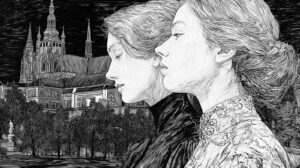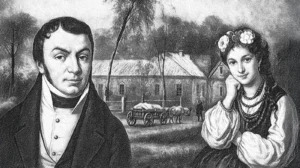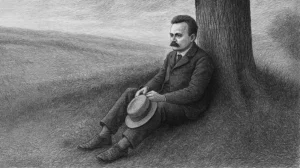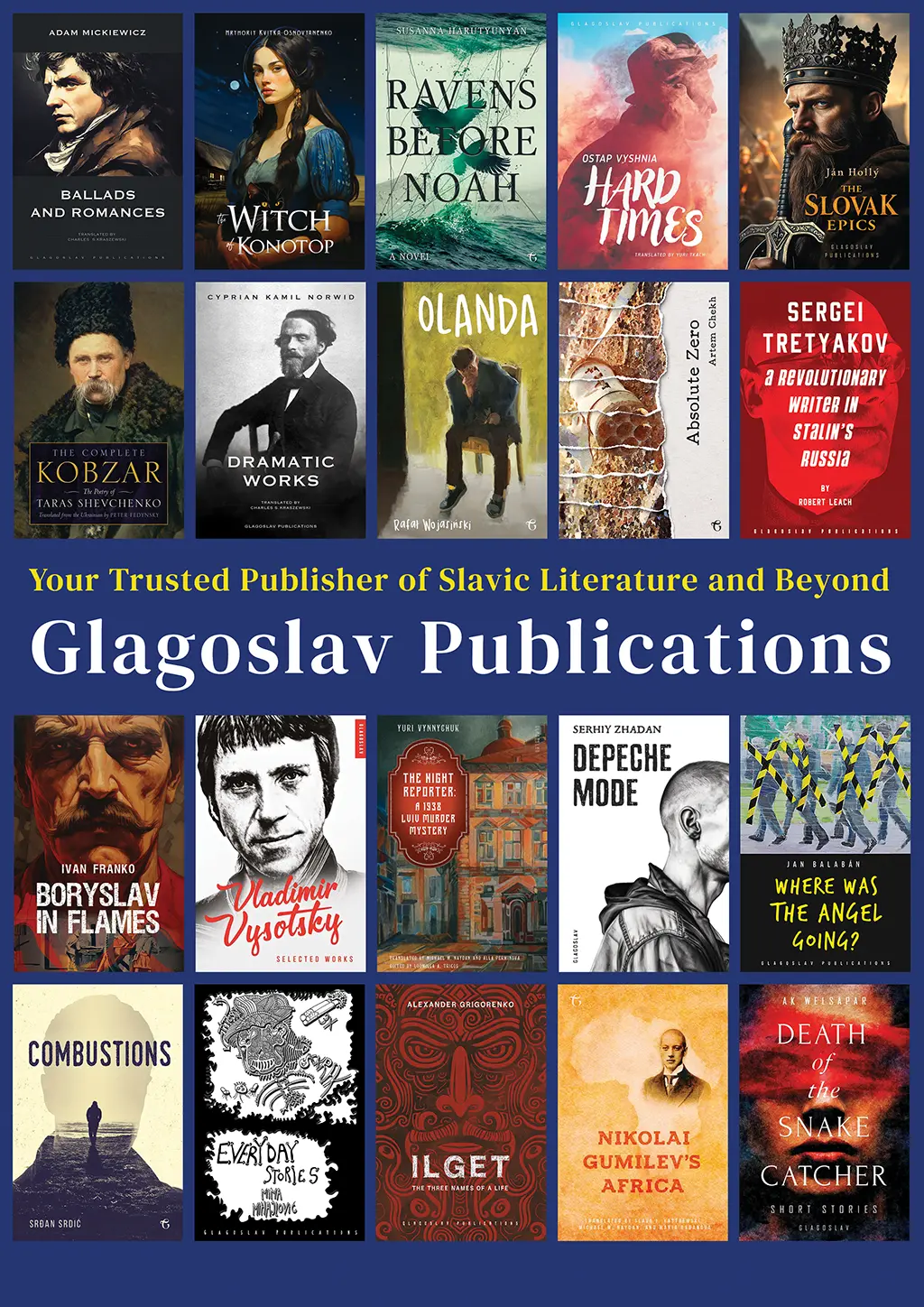Our Blog
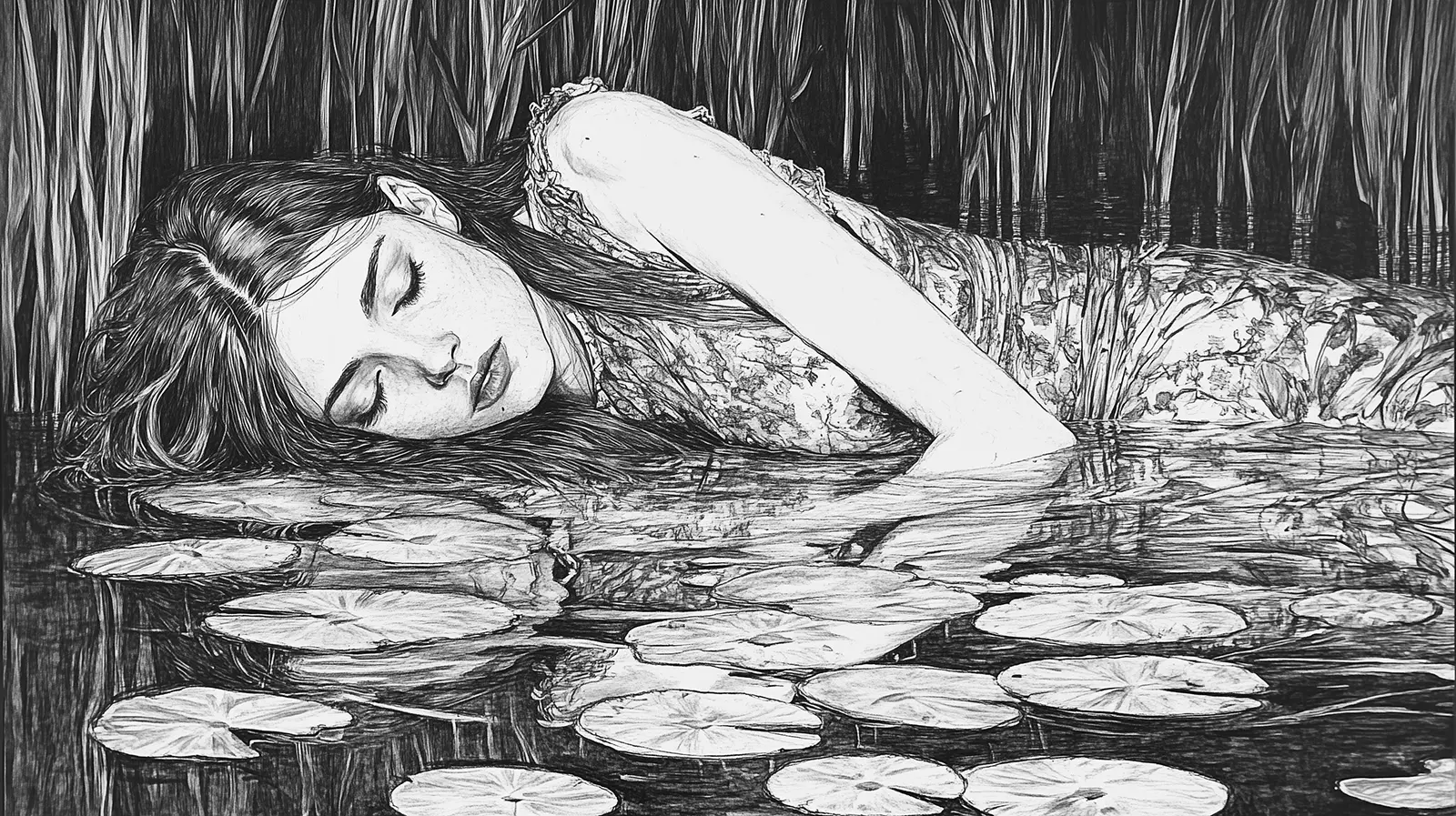
The Role of Folklore and Ethnobotany in Ukrainian Literature – Bridging Myth and Science
Introduction
The Role of Folklore and Ethnobotany in Ukrainian Literature is a vital exploration of how traditional narratives and botanical knowledge shape the cultural identity and literary landscape of Ukraine. This interdisciplinary topic highlights the significance of folklore as a repository of collective memory, where myths and legends intertwine with everyday life, and demonstrates how ethnobotany informs the understanding of cultural practices related to plant usage.
Ukrainian literature has long been influenced by its rich folkloric tradition, drawing on elements that reflect societal beliefs, customs, and the struggles of the Ukrainian people. Renowned writers like Taras Shevchenko and Lesya Ukrainka weave folklore motifs into their works, using these themes as a means to express national identity and resist cultural suppression. The resurgence of folk tales and songs during the Romantic movement further cemented folklore’s role in articulating a unique Ukrainian identity.
In parallel, ethnobotany—studying the relationship between people and plants—plays a significant role in the literary depiction of cultural practices. By examining local plant names, uses, and associated rituals, authors document traditional practices and reinforce the connection between nature and cultural heritage. Together, folklore and ethnobotany create a bridge between myth and science, reflecting cultural resilience in the face of historical challenges.
Historical Context
The exploration of folklore and ethnobotany in Ukrainian literature is deeply intertwined with the region’s tumultuous history. The oppressive regimes and mass tragedies of the 20th century have left an indelible mark on cultural expression. This historical backdrop is essential for understanding how Ukrainian identity has been both suppressed and revitalized, with literature serving as a vital medium for preserving and transmitting collective memory.
Folklore in Ukrainian Literature
Ukrainian folklore traces its roots back to pre-Christian times, with early records found in diverse sources that underscore the importance of folk customs and rites. As these traditions merged with the spread of Christianity, a rich tapestry of oral and written narratives emerged. Folklore in Ukrainian literature is not merely a recounting of myths—it is a living narrative that connects people to their past, expressing societal beliefs and cultural practices through poetic and prosaic forms.
Integration of Folklore in Literature
Folklore is integrated into Ukrainian literature through a vibrant narrative style that blends fantastical elements with moral lessons and social commentary. Esteemed authors have incorporated folk motifs to portray the struggles and aspirations of the Ukrainian people. This synthesis of oral tradition with literary expression has been pivotal in preserving cultural heritage, especially during periods of foreign domination.
Contemporary Perspectives
Today, modern Ukrainian writers continue to reimagine traditional tales, exploring their relevance in contemporary society. By revitalizing age-old myths and narratives, these authors foster a sense of community and cultural identity among new generations. Contemporary literature thus acts as a bridge between the rich oral traditions of the past and the evolving challenges of modern life.
Ethnobotany in Ukrainian Literature
Ethnobotany, the study of the relationships between people and plants, contributes significantly to the thematic depth of Ukrainian literature. Literary works often highlight the practical and symbolic uses of plants, reflecting cultural values and local traditions. Documenting traditional plant usage, authors capture the dynamic relationship between humanity and nature—a connection that is vital for both cultural preservation and ecological understanding.
Themes in Ethnobotanical Literature
Several recurring themes emerge in the ethnobotanical literature of Ukraine:
- Local Plant Names and Etymologies: Reflecting the deep ties between language and nature, these names preserve linguistic heritage.
- Practical Applications: Detailed uses of plants for food, medicine, construction, and dyeing illustrate their everyday importance.
- Magical and Symbolic Significance: Plants are often portrayed as carriers of mystical properties, serving roles in love, protection, and ritual magic.
- Rituals and Ceremonies: The use of plants in weddings, funerals, and other rites underscores their cultural and ceremonial significance.
- Decorative and Craft Uses: Botanical motifs in crafts such as embroidery and traditional egg decorating highlight the aesthetic appreciation of flora.
- Folklore and Song: Folk songs and stories incorporate botanical elements, reinforcing the connection between nature and cultural identity.
Case Studies
Case studies in the literature reveal the dynamic interplay between local and external influences. For example, research on Ukrainian Hutsuls demonstrates how indigenous ethnobotanical knowledge has been enriched through contact with foreign practices, creating a hybrid knowledge system that adapts to socio-political changes.
Hybridization in Ethnobotanical Knowledge
The phenomenon of hybridization illustrates how traditional botanical knowledge evolves. In communities such as the Hutsuls, local practices have absorbed elements from broader cultural influences, particularly from Soviet-era policies. This hybridization not only enhances the resilience of traditional knowledge but also enriches literary narratives by blending ancient wisdom with modern insights.
Literary Reflections of Society
Ukrainian literature often mirrors societal dynamics. Novels like Andrey Kurkov’s “The Case of the General’s Thumb” offer a vivid portrayal of contemporary life in Kyiv, using mystery and dark humor to comment on corruption and social change. These narratives explore themes of identity, morality, and the tension between individual aspirations and collective responsibility.
Existential Themes in Ukrainian Literature
The tension between individuality and societal norms is a recurring theme in Ukrainian literature. Authors explore the balance between personal growth and social duty, presenting existential challenges that reflect broader cultural and ethical dilemmas. This exploration deepens the reader’s understanding of both personal and collective identity in a changing world.
Ethnobotany in Literary Context
Beyond its scientific relevance, ethnobotanical knowledge enriches literary expression. Authors such as Lesya Ukrainka draw on natural imagery to symbolize broader cultural narratives, weaving together the aesthetic and practical dimensions of plant life. This fusion underscores how nature and literature can jointly assert cultural identity and resilience.
The Intersection of Myth and Science
The relationship between myth and science represents a complex dialogue within Ukrainian literature. While scientific inquiry seeks to classify and rationalize, myth embraces associative and symbolic thinking. For instance, the symbolic treatment of plants—such as the pumpkin, melon, and cucumber—illustrates cultural narratives that transcend scientific taxonomy. This interplay fosters a holistic understanding of human-plant relationships and underscores the enduring value of ancient wisdom in addressing modern challenges.
Conclusion
In summary, the exploration of folklore and ethnobotany in Ukrainian literature not only preserves the nation’s rich cultural heritage but also offers a unique lens for understanding identity, resilience, and the complex interplay between myth and science. The narratives discussed throughout the article reveal how traditional stories and botanical wisdom serve as powerful vehicles for cultural continuity.
By blending ancient traditions with modern insights, Ukrainian literature continues to inspire and challenge contemporary society. It reminds us that storytelling is not just an art form, but also a vital means of connecting the past with the present and paving the way for future generations to appreciate the enduring value of their cultural roots.

